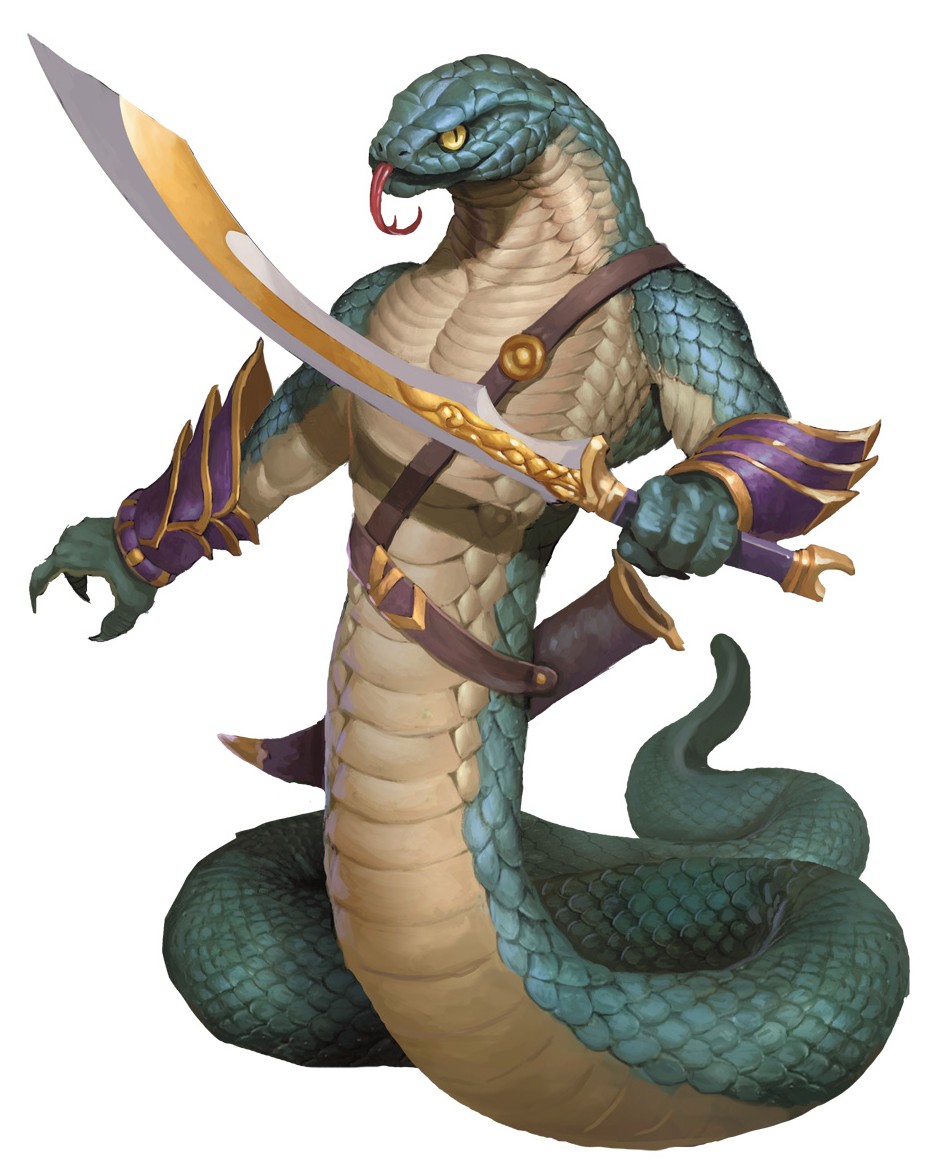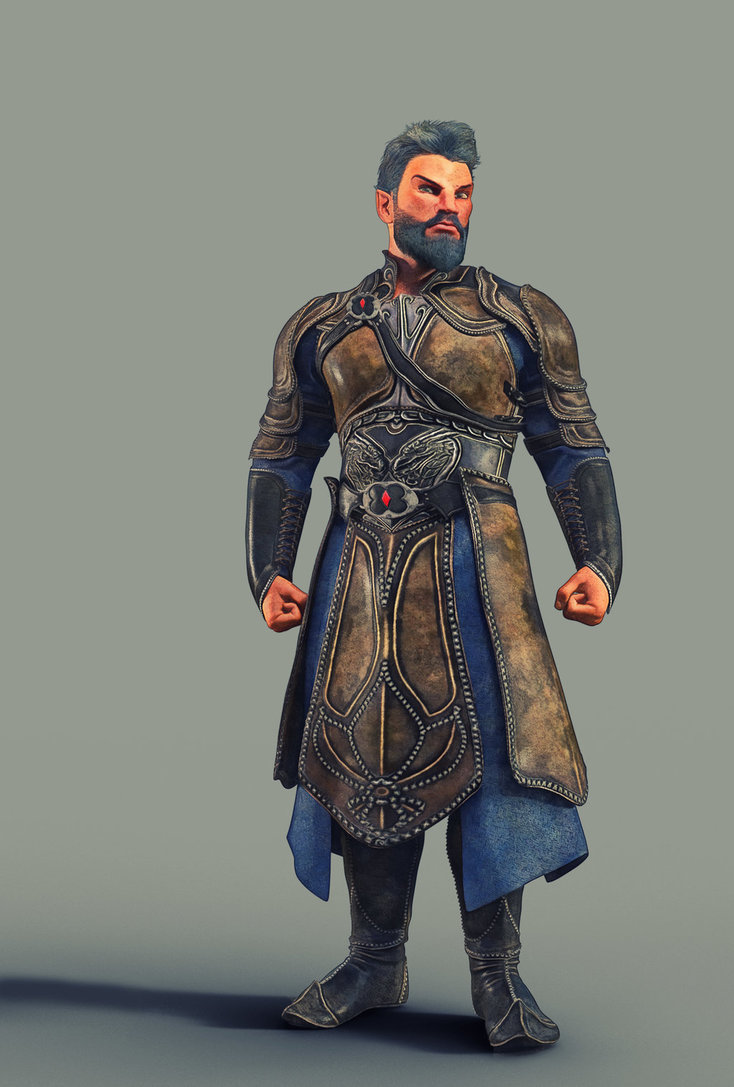



And they are lions, so of course they have a ferocious roar. They have a built-in weapon with their Claws, an unarmed attack that deals slashing damage, increased by their Strength modifier. They are quick stalkers, with a walking speed of 35 feet, and innate Darkvision. They are loners, wanderers, out there on the plains, avoiding others, who will only begrudgingly join a party due to necessity. These are not Tabaxi these lion humanoids stand as their own race. They have a starting Ability Score Increase of Strength +2, and Wisdom +1. The body and hooves also mean they have trouble climbing, and they have a penalty to climbing speed. Their equine body means they have increased carrying capacity, the way a mount allows players to carry more - as all Dungeon Masters are strict about how much weight a player can carry. They have a built in charge attack, so if they move at least 30 feet towards their target, they can immediately attack with their hooves as a bonus action. Walking speed is 40 feet, and their hooves can be used as a melee weapon. This was taken into consideration when determining their abilities. Humanoid from the waist up, horse from the waist down. The starting Ability Score does not have to determine which class they are best suited for, but for some players, that does influence choice. Here is a summary of what each brings as a playable race.

Would the original Minotaur team up with a roaming group of adventurers? Is a humanoid lion new to D&D? No, but this is a new take on these concepts, while keeping true to the origins of their myths. New races in Mythic Odysseys of TherosĪll of the new races are true to their Greek myths in appearance and influence. Let’s take a closer look at the races and subclasses you can find in this new sourcebook. Additionally, two new subclasses have been added: College of Eloquence for Bard, and Oath of Glory for Paladin. In their place, a number of new - or existing-but-redesigned - races are there for players to add to their campaign. In this new land, familiar D&D races like Elves, Dwarves, and Half-Orcs don’t exist. This is a Greek Mythology inspired setting crossed over with the magical pseudo-medieval setting of the original. The new Dungeons and Dragons sourcebook, Mythic Odysseys of Theros, has just launched on D&D Beyond, with print editions coming in July.


 0 kommentar(er)
0 kommentar(er)
